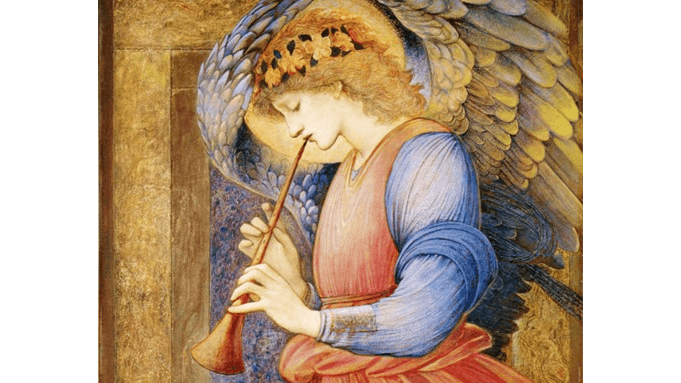Some famous writers have played a woodwind instrument known as the flageolet: Hector Berlioz, Frédéric Chalon, Samuel Pepys, and Robert Louis Stevenson. Composers such as Henry Purcell and George Frideric Handel wrote pieces for it.
Musicians began to play this recorder-like instrument in the 1700s in France, and it began to be known as the French flageolet. The instrument is part of the fipple flute family, with four tone holes on the front and two on the back.






